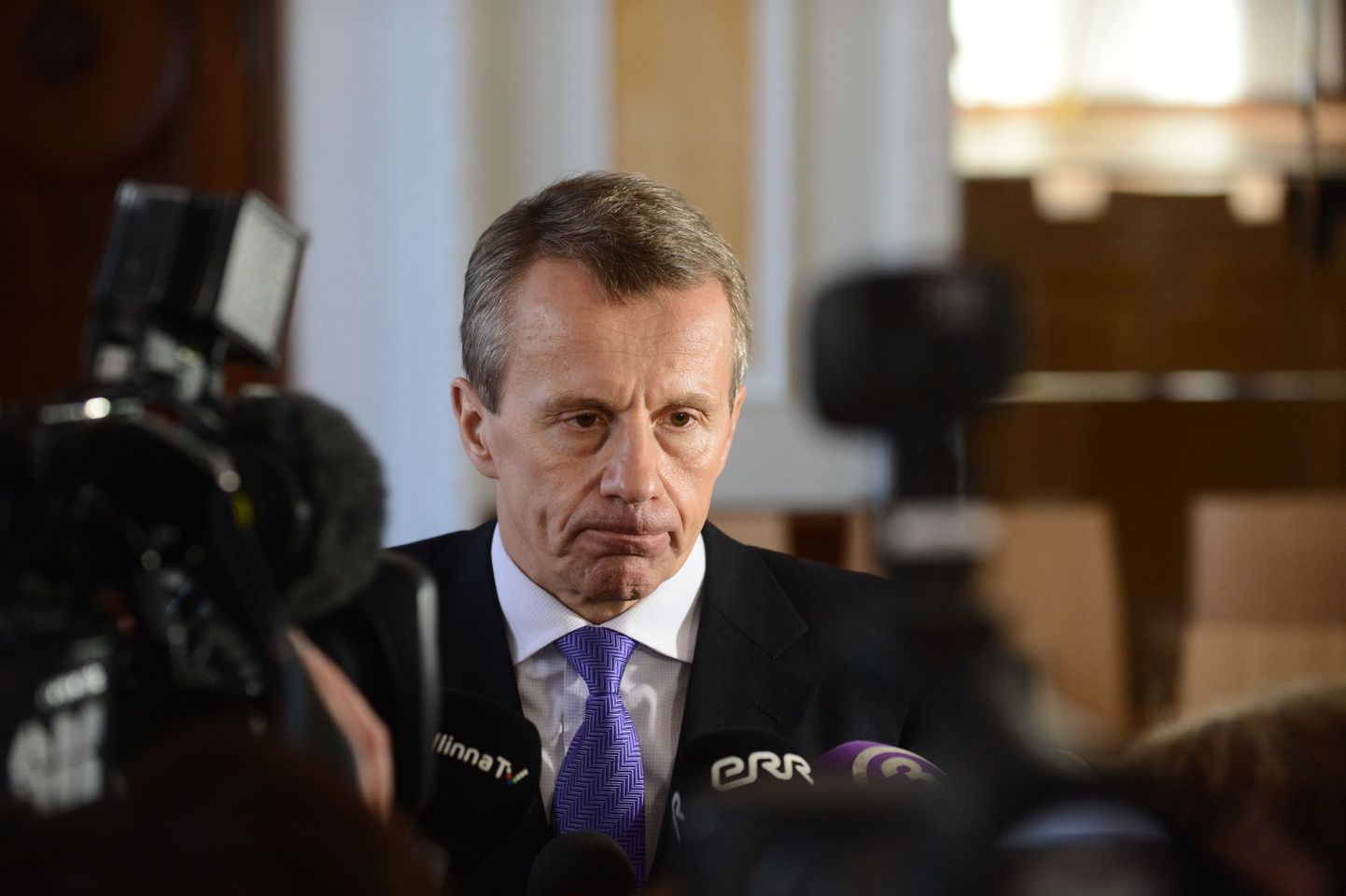
Probably, the freshly cut 2014 economic forecast by finance ministry is still too optimistic.

Probably, the freshly cut 2014 economic forecast by finance ministry is still too optimistic.
Instead of the 3.6 percent proclaimed earlier, the state now only expects two percent of GDP growth this year. However, in the main scenario, the ministry does not consider the current events in Ukraine – the chief risk factor. «Could you tell me what will be happening in Ukraine over the next couple of months?» asked the ministry’s fiscal policy department head Andrus Säälik, adding that predicting the events over there is pure speculation.
The reason the ministry altered economic growth forecast is Estonia’s near neighbours, whose economic growth outlooks have darkened. That, in turn, has postponed the acceleration of export growth and investment activity growth earlier expected.
In addition to the main scenario, the ministry always also compiles the so-called risk scenario. There, they have considered both economic sanctions by European Union and Russia’s possible reactions. According to the risk scenario, Estonia might not see its economy rise by two percent – rather, just by one.
«Will the one percent be little or much, difficult to say right now. None of us is a foreign policy analyst, to predict what will actually be happening over there,» said Mr Säälik. According to him, the risk scenario should first and foremost be treated as something pointing out a direction. Also, the ministry has this time refrained from compiling the traditional positive scenario, thereby again underlying that the risk ratio is clearly in the negative.
Finance minister Jürgen Ligi admits that the spring prognosis contains a lot of indefiniteness and that there is a question mark over Ukraine; even so, the ministry will be positively expecting acceleration of economic growth.
While at the start of the year, economic growth was mostly supported by domestic consumption, then pursuant to this forecast economic growth will gain speed in the second half of the year as external demand recovers; and, as related to that, the impact of exporting industry and services on economic growth will increase.
For next year, the ministry predicts 3.5 percent growth, as improvement of economic situation spurs investment activity and boldness of private consumption. Also, starting 2015 the ministry expects construction market growth to accelerate due to increased investment activity in private sector.
Like the ministry, all economists have also altered their economic forecasts for this year. The SEB analyst Ruta Arumäe, who cut growth expectations the most this spring, says the finance ministry is underestimating the impact of meagre economic growth on employment, and through that also on domestic consumption.
Forecasts by SEB and the ministry differ almost in all items starting with foreign market growth expectations and ending with domestic demand growth forecasts.
«Finance ministry has attempted to make their forecast fit between various versions by others; for this, we would not blame them, as a consensus forecast is said to be more accurate, long-term, than single forecasts,» explained Ms Arumäe, still adding that she’d be less optimistic regarding Estonia’s economic growth.
As the finance ministry forecast is based on current laws, it does not contain the €172m strong coalition agreement promises, neither their sources.
«The coalition treaty will bring amendments to law, but is balanced taken separately. The extra costs are covered by savings and additional income. The agreement is not based on economic cycles nor growth indicators; rather, it is based on structural income, costs and balance,» assured Mr Ligi.
The coalition treaty will be added to the forecast once budget strategy is completed – in a month, presumably.